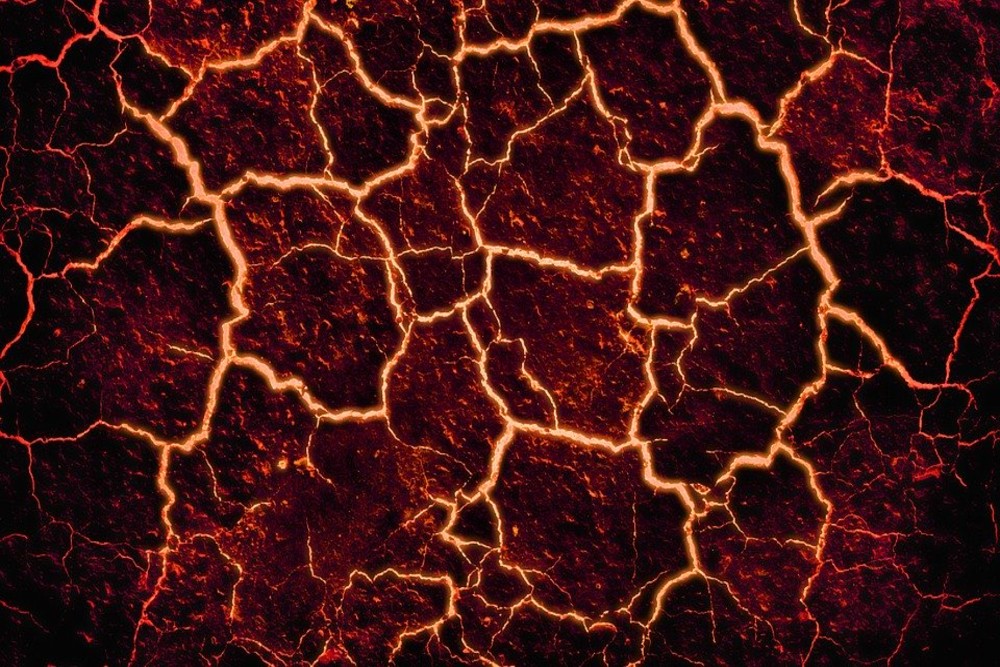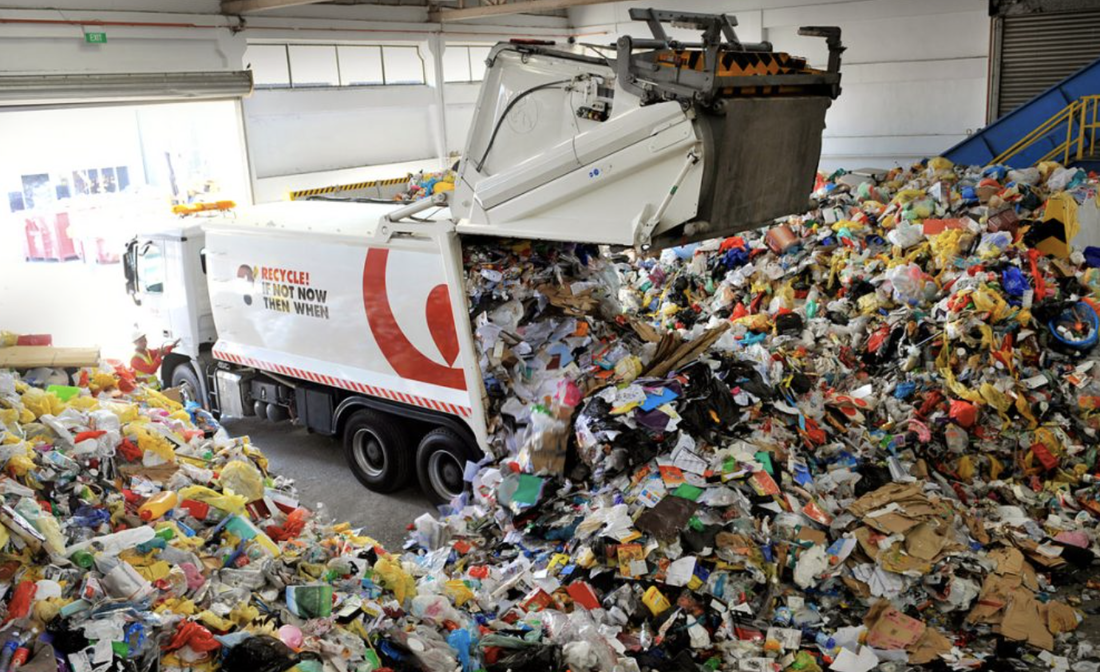Scientists can now use phonons to transmit heat through a vacuum. This discovery confirms the common notion that it was possible to transmit heat energy through a vacuum space. Scientists attributed this to quantum mechanical properties, which ensures there are quantum fluctuations for heat transmission.
Scientists have discovered that it is possible to transfer heat energy from one point to another using quantum mechanical properties of empty space. The groundbreaking discovery proved that heat energy was able to travel without using any type of light.
Heat is the energy produced through the motion of particles. The faster these particles move, the more the heat energy is produced at any given time.
On cosmic scales, heat can travel through a vacuum by using photons or particles of light that are emitted by stars. This process is vital for the survival of life on earth and it is what enables us to receive energy from the sun.
This transfer of heat here on earth is more direct and uses wavelike collective vibrations of atoms known as phonons. There was a misconception that phonons could not transfer energy through empty space and required a medium such as air to transfer heat. However, this did not stop scientists from speculating that it was possible to transfer energy through a vacuum space.
Scientists work on heat transfer through vacuum
The notion of phonons being able to transmit heat through a vacuum space became especially strong by using quantum mechanics to explain this phenomenon. According to quantum mechanics, space can never be truly empty.
The theory suggests the universe is fuzzy, meaning a vacuum is not empty but buzzing with quantum fluctuations. These fluctuations are caused by the virtual particles that pop in and out of existence, making a vacuum not actually vacuum.
Xiang Zhang, a physicist at the University of California, Berkeley, and senior author of the new study on phonon heat transfer emphasized this on the now published research on nature. Zhang and his team spent four years trying to transfer heat through a vacuum using phonons.
Regarding the experiment, Zhang said,
This experiment required very sensitive control of temperature, distance and alignment, We once had trouble running the experiment in the summertime because of the hot weather warming up the lab. Also, the measurement itself takes a very long time to eliminate noise—each data point took four hours to obtain.
The ability to use phonons to transfer heat through a vacuum by using quantum mechanics was a breathtaking discovery for Zhang and his team. It also put to rest the debate of whether heat can be transmitted in a vacuum. ”
In his closing remarks, Zhang said it was an open question whether quantum fluctuations of gravitational fields could give rise to a heat-transfer mechanism that plays a role on cosmological scales.
Featured image by Pixabay







